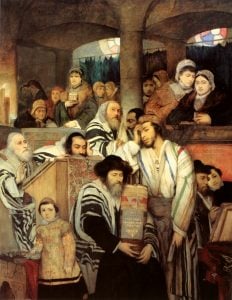
Yom Kippur—The Day of Pure Delight
Yom Kippur means “The Day of Atonement.” Some view it as a frightening day full of regrets of the past and anxiety for the future.

Yom Kippur means “The Day of Atonement.” Some view it as a frightening day full of regrets of the past and anxiety for the future.

As always in science, every answered question breeds new questions. Now that we understand that the Tree of Life and the Tree of Knowledge are

Sefer Yetzira speaks of three dimensions: Olam, Shanah, and Nefesh (Sefer Yetzirah, 6:4.) Olam means “world” and signifies space. Shanah means “year” and signifies the dimension of
The Torah portion, Re’eh, talks about the Sabbatical Year—in Hebrew, Shemitah—the Seventh year. When the Sabbatical year comes, all loans are forgiven, and Jewish servants
In the Torah portion Emor (Leviticus 21:1–24:23), we are instructed to abstain from work every seventh day on Shabbat. Next week’s Torah portion, Behar, continues
Last week Torah portion, Emor, speaks about the prohibition of working on Shabbat. In fact, the Talmud enumerates precisely 39 categories of labor forbidden on
And G‑d opened the mouth of the ass, and she said to Bilam: “What have I done to you, that you have struck me these

There is hardly a Jewish holiday more widely celebrated than Passover (Pesach). Jews of all denominations, affiliations, and levels of religious observance, if any at